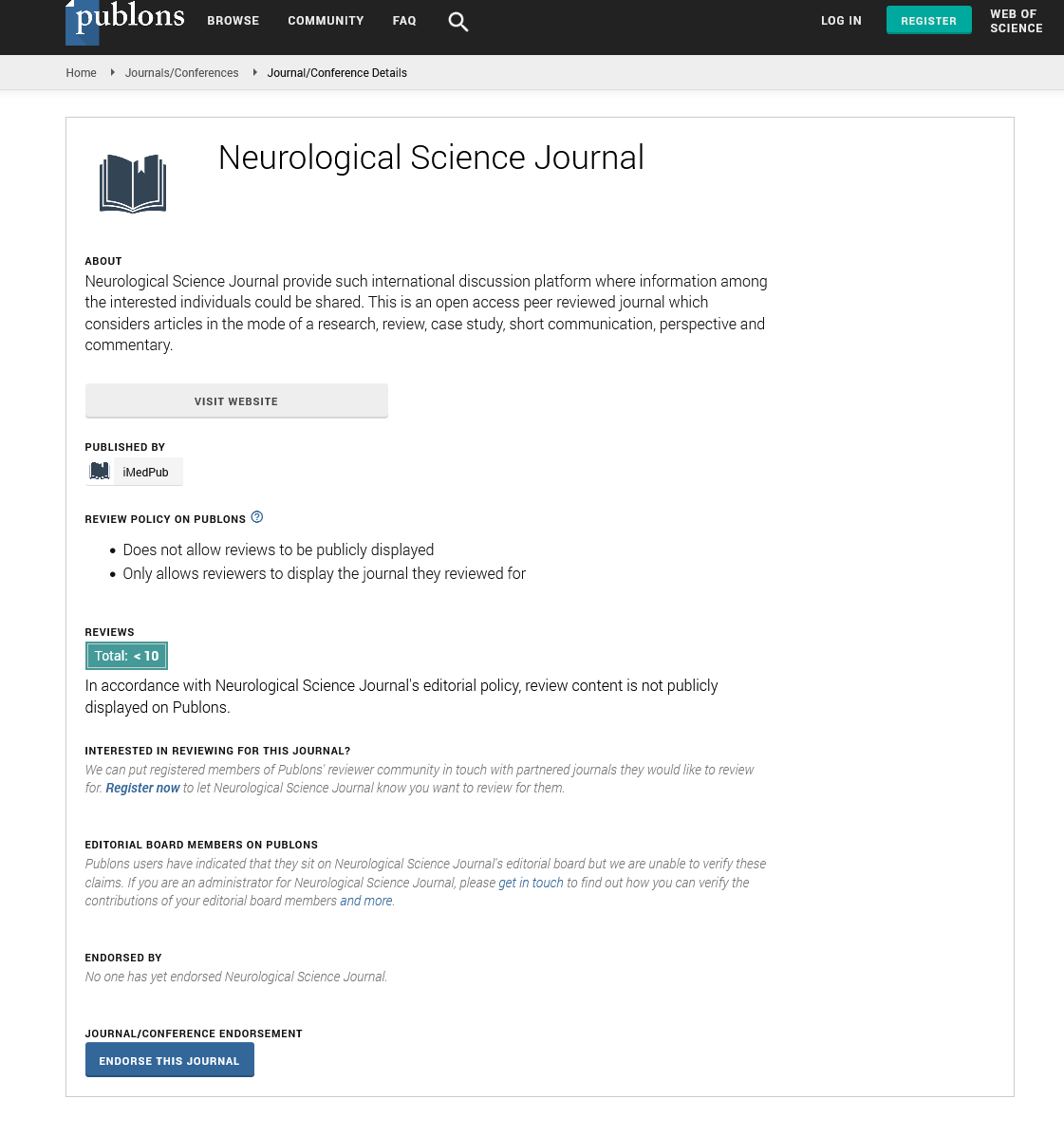Abstract
POSTERIOR SELECTIVE CALLOSOTOMY
Introduction: Epileptic attacks that are generally refractory to medication are associated with sudden bilateral synchronization of ictal discharges, which supports a justification for callosotomy. The posterior callosotomy indication was recommended in individuals with Lennox Gastaut syndrome and “drop-attacks”. Posterior callosotomy uses a technique with parietooccipital interhemispheric approach, Fowler position, with reduced fiber rupture. Objetive: To demonstrate the cases submitted to this technique, we seek to follow the following objectives: 1. Describe the state of the art of the different callosotomy techniques, 2. Describe the first four cases of callosotomy posterior to the service. Method: The method we used was a case report, consisting of a description of 4 cases submitted to the surgical procedure. Outcome: In comparison to the pre-surgical case 1 decreased from 114 attacks / day to 7 attacks / day. Case 2, on the other hand, obtained a reduction of 10 seizures / day to a total of 0.85 seizures / day, which gives us a value of 3 seizures weekly and in case 3 there is a decrease of 75 seizures / day to 5 seizures / day, case 4 decreased from 100 attacks/day to 0,57 attacks/day, which gives a value of 4 attacks/week. There was a reduction in case 1, 3 and 4, with cases 2 and 4 being the most significant, representing a reduction in medication after the surgical procedure. Only case 1 that kept the medications, despite this case having obtained an important reduction of crises/day. Discussion: In view of the exposed data and the alteration in cognition we can say that in these cases an improvement in the patients' quality of life was observed. Conclusion: Posterior Callosotomy brings some technical advantages over techniques used in the past, mainly related to the anatomy of the approach, more favorable in the posterior region of the interhemispheric fissure. The results are similar to that of crisis control and with a potential advantage in cognitive preservation, although in our series we did not have an ideal sample for the latter analysis, since all patients had a severe neuropsychomotor delay before surgery.
Author(s): OSCAR ARTURO SERVIN MORENO
Abstract | Full-Text | PDF
Share This Article
Google Scholar citation report
Citations : 11
Neurological Science Journal received 11 citations as per Google Scholar report
Neurological Science Journal peer review process verified at publons
Abstracted/Indexed in
- Google Scholar
- Publons
Open Access Journals
- Aquaculture & Veterinary Science
- Chemistry & Chemical Sciences
- Clinical Sciences
- Engineering
- General Science
- Genetics & Molecular Biology
- Health Care & Nursing
- Immunology & Microbiology
- Materials Science
- Mathematics & Physics
- Medical Sciences
- Neurology & Psychiatry
- Oncology & Cancer Science
- Pharmaceutical Sciences
